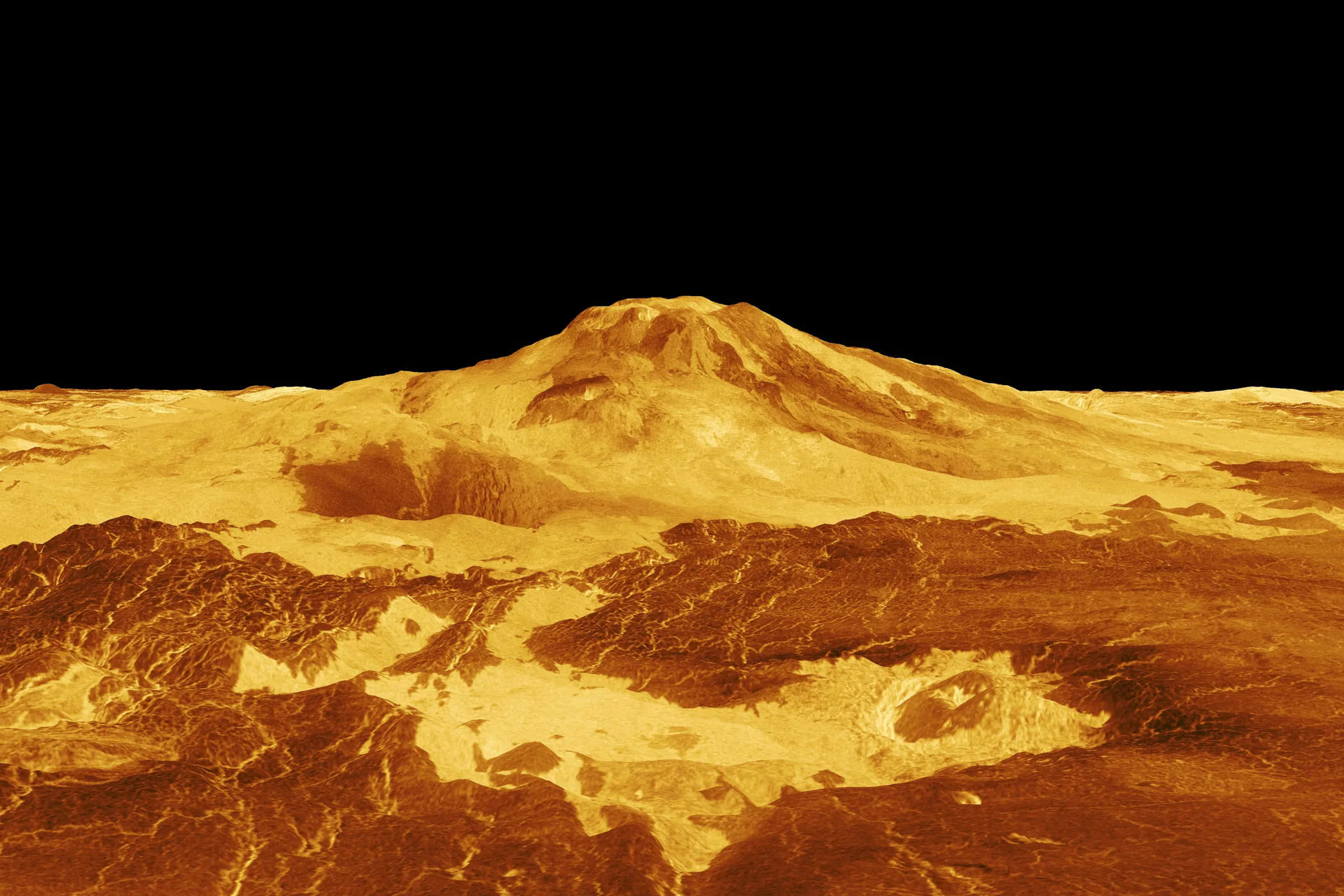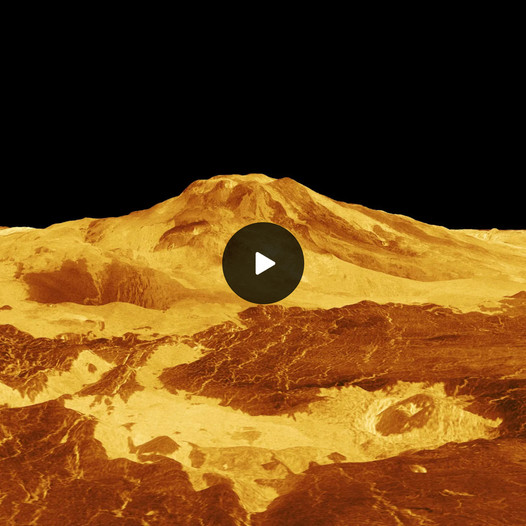A perfect copy of Earth, born in the middle of the “zone of life”, with a temperate climate… has become hell with an atmosphere that is difficult to breathe and smells of sulfur just because of what is also present on Earth. bridge.
A new study led by Dr. Michael Way from NASA’s Goddard Space Flight Center shows how our Earth narrowly escaped being able to maintain its status as a living planet. Okay.

According to Space, the work was aimed at Venus, based on decades of data that NASA has collected about the planet since the “discovery” of the Magellan spacecraft in 1990. Right from the expedition That first, Magellan discovered that most of the planet’s surface was covered by volcanic basalt.
That suggests the planet has suffered tens to hundreds of thousands of years of intense volcanic activity, occurring at some point in the past few billion years. Some volcanic events last up to 1 million years.
Volcanoes are part of geological activity and are really needed for a planet to maintain environmental and climatic stability. Our own Earth, through geological activity including vibrant plate tectonics, has helped foster a world suitable for life.

But anything in excess is harmful, and too much geological activity with “Fire Diem Mountains” erupting one after another has released so much carbon dioxide that the climate has exceeded its tolerance level.
This, instead of providing the heat necessary for life, boils the oceans, causing them to evaporate into the atmosphere, which is also a greenhouse gas. So the greenhouse effect becomes fierce, water is also lost into space. Venus is left with an arid world filled with carbon dioxide and sulfur.
“Although we are not sure how often the events that create these fields occur, we narrow it down by studying the history of the Earth itself,” Dr. Way stated.
Earth’s geological data also confirms fierce volcanic events that created large areas of basalt. It has even repeated itself in recent times, with many supervolcanoes causing mass extinctions in the past half a billion years.

Close examples are the end-Devonian extinction (370 million years ago) or the “volcanic winter” that contributed to the death of the dinosaurs due to a meteorite impact triggering a series of natural disasters. Previously, the Triassic – Jurassic mass extinction event was attributed to the formation of the world’s largest Central Atlantic Magmatic “igneous province”.
Fortunately, Earth does not activate its volcanoes continuously over a long period of time or excessively like Venus, the climate still has a chance to recover in parallel with new life forms continuing to evolve after the extinction.
Research just published in Planetary Science Journal provides further evidence that planetary evolution is a chance event.

In fact, the solar system gave birth to three planets suitable for life: Venus, Earth and Mars. All three have evidence of ancient oceans, even ancient life, but currently Only Earth is certain to have life.
Returning to Venus, the planet thought to be most similar to Earth at its birth, NASA plans to explore more closely in the upcoming DAVINCI mission, a mission that will investigate the detailed chemical composition of the atmosphere. Venus’s oppressive atmosphere as well as photographing its atmosphere.
Behind there is also NASA’s VERITAS mission and ESA’s EnVision (European Space Agency) planned to launch in the 2030s, or VOICE that China announced will launch in 2027.
